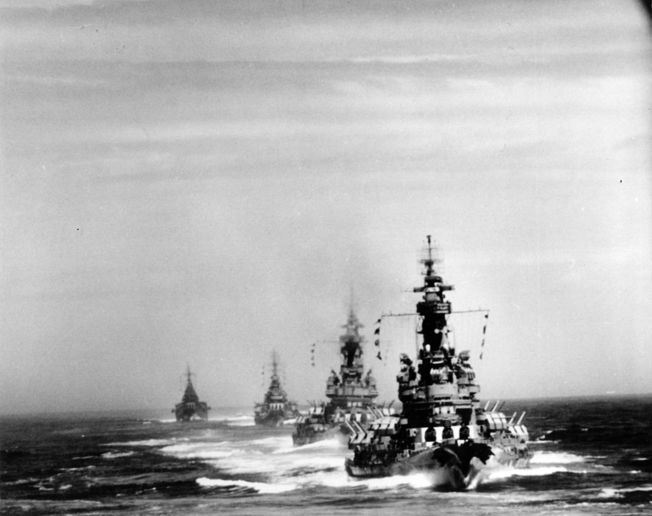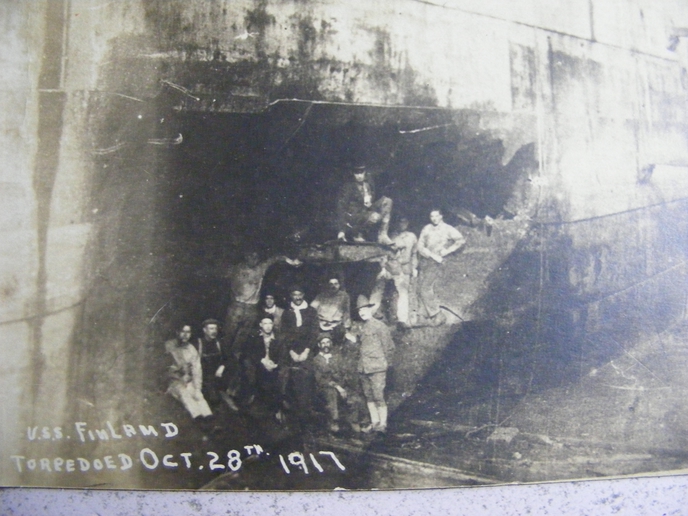Ultradog MN
Well-known Member
- Location
- Twin Cities
This iconic photo, taken from the battleship USS South Dakota, shows battleships USS Indiana and USS Massachusetts followed by heavy cruisers Quincy and Chicago (and 9 destroyers not shown) on their way to bombard the Kamaishi Iron Works on northern Honshu. They will hurl 802 16-inch shells, 728 8-inch shells and 825 5-inch shells at this major industrial target destroying 65% of it.
I've always liked this photo and sure wouldn't want to be on the recieving end of all those big guns.

I've always liked this photo and sure wouldn't want to be on the recieving end of all those big guns.



